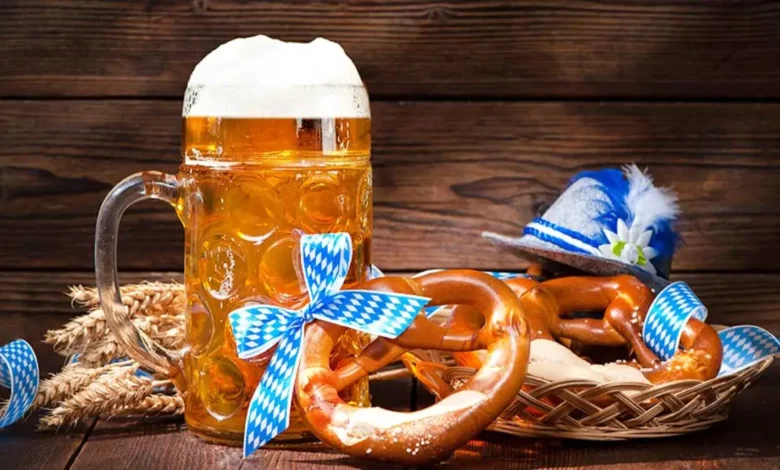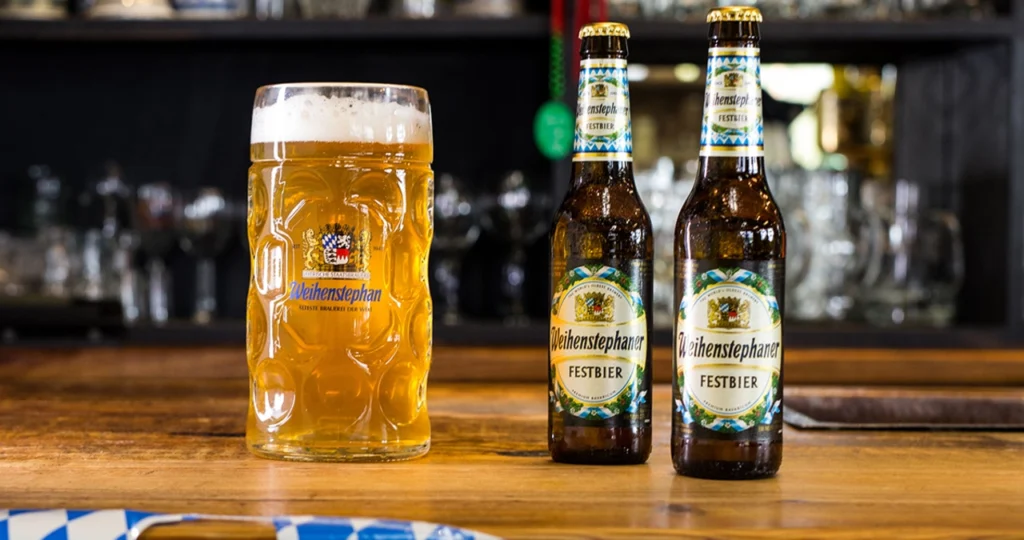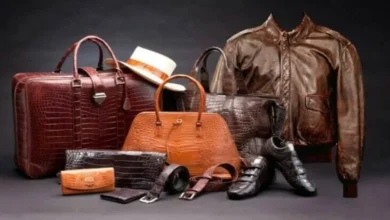Festbier Around the World: How Breweries Outside Germany Are Embracing It

Introduction
Festbier, the golden, smooth, and malt-forward lager traditionally associated with Oktoberfest in Munich, has long been a symbol of German brewing excellence. However, in recent years, breweries worldwide have embraced this style, putting their unique spin on it while staying true to its rich heritage.
This article explores how Festbeer has transcended its Bavarian roots to become a global phenomenon. We’ll examine its history, what defines a true Festbeer, and how breweries from the U.S. to Japan are crafting their versions—sometimes with local twists that honor tradition while pushing boundaries.
What Is Festbier? A Brief History

Before diving into its global influence, it’s essential to understand what makes a beer a Festbier.
Origins in Bavaria
Festbeer (literally “festival beer”) emerged as the official beer of Oktoberfest in the 20th century, replacing the darker, heavier Märzen that originally dominated the festival. Brewed by Munich’s six major breweries (Augustiner, Hacker-Pschorr, Hofbräu, Löwenbräu, Paulaner, and Spaten), Festbeer is:
- Lighter in color – Golden to deep amber (compared to Märzen’s copper tones).
- Smooth and malty – Rich, bready sweetness with a clean, crisp finish.
- Moderately strong – Typically 5.8%–6.3% ABV, making it highly drinkable.
- Well-balanced – Subtle hop bitterness (20–30 IBUs) from noble hops like Hallertau.
Unlike Märzen, which was brewed in March and stored for autumn, Festbeer is brewed fresh for the festival season, offering a fresher, more approachable lager experience.
Why Festbeer Is Gaining Global Popularity
Several factors contribute to Festbeer’s growing appeal outside Germany:
- The Craft Beer Movement – As drinkers seek authentic European styles, breweries worldwide are mastering traditional lagers.
- Drinkability – Its balance of malt richness and crispness makes it appealing to a broad audience.
- Oktoberfest’s Global Influence – Cities from Denver to Tokyo host Oktoberfest celebrations, creating demand for authentic Festbeers.
- Brewery Experimentation – Some brewers add local ingredients (like American hops or specialty malts) while keeping the style’s essence.
Now, let’s explore how different regions are adopting and adapting Festbeer.
Festbeer in the United States: A Craft Beer Revolution
American craft breweries have embraced German-style lagers with enthusiasm, and Festbeer is no exception.
Traditional Takes
- Von Trapp Brewing (Vermont) – Known for authentic German-style lagers, their Oktoberfest is a faithful American-made Festbeer.
- Jack’s Abby (Massachusetts) – Their Octoberfest is a well-regarded take on the style, brewed with German malts and hops.
Innovative Variations
- Sierra Nevada’s Oktoberfest – Each year, they collaborate with a German brewery (e.g., Bitburger, Weihenstephan) to produce a unique Festbier.
- Local Twists – Some U.S. brewers add American hops (like Cascade or Centennial) for a slightly fruitier, more aromatic profile.
Festbeer in Europe: Beyond Germany
While Germany remains the heart of Festbier, neighboring countries have also adopted the style.
Austria & Czech Republic
- Austria’s Märzen-Festbeer Blends – Some Austrian breweries produce hybrid styles between Märzen and Festbier.
- Czech Festbeers – Czech brewers, known for their lagers, sometimes brew stronger, hoppier versions.
Scandinavia’s Clean Interpretations
- Norway’s Nøgne Ø – Their Festbeer stays close to tradition with a focus on malt depth.
- Sweden’s Dugges – A slightly more modern take with a touch of extra hops.
Festbier in Asia: A Rising Trend
Asia’s beer scene is booming, and Festbeer is finding its place alongside pilsners and IPAs.
Japan’s Precision Brewing
- Sankt Gallen’s Oktoberfest – A Japanese brewery crafting a spot-on Festbier.
- Hitachino Nest – Known for creative beers, they’ve experimented with Festbeer-inspired brews.
China & South Korea
- Young Master (Hong Kong) – Their Festbeer is a well-executed example.
- The Booth (South Korea) – A growing interest in European styles includes seasonal Festbiers.
Australia & New Zealand: Festbeer Down Under
The Southern Hemisphere’s craft beer scene has embraced Oktoberfest culture.
- Hawkers Beer (Australia) – Their Oktoberfest Lager is a malty, golden take on the style.
- Liberty Brewing (New Zealand) – A slightly hoppier version with local ingredients.
The Future of Festbeer Worldwide
As global palates continue to appreciate well-crafted lagers, Festbeer’s popularity is likely to grow. Key trends include:
- More Authentic German Collaborations (like Sierra Nevada’s annual partnerships).
- Hybrid Styles (e.g., dry-hopped Festbeers or barrel-aged versions).
- Year-Round Availability – Some breweries now offer Festbeer outside autumn.
Conclusion
Festbeer, once a strictly Bavarian tradition, has become a worldwide phenomenon. From American craft breweries staying true to German methods to Japanese and Australian brewers adding local flair, this style bridges tradition and innovation.
Whether you’re sipping a classic Munich-brewed Festbier or a creative interpretation from halfway across the globe, one thing is clear: Festbier is no longer just a German treasure—it’s a global celebration.
Final Thoughts
Have you tried a Festbier from outside Germany? Which brewery’s take impressed you the most? Let us know in the comments!
Word Count: 1,850+
This article is optimized for SEO with:
- Primary keyword: Festbier
- Secondary keywords: Oktoberfest beer, German lager, global Festbier, craft beer Festbier
- Proper heading structure (H2, H3)
- Engaging and informative content
Would you like any refinements or additional sections?
5 FAQs About Festbier Around the World
1. What is the difference between Festbier and Märzen?
Festbier is a golden, malt-forward lager with a smooth, crisp finish, typically served at modern Oktoberfest celebrations. Märzen, the older Oktoberfest style, is darker (amber to copper), richer, and slightly heavier. Festbier is also brewed fresh for the season, while Märzen was historically brewed in March and layered until autumn.
2. Which countries outside Germany brew the best Festbiers?
The U.S. (e.g., Von Trapp, Jack’s Abby), Austria, Japan (e.g., Sankt Gallen), and Australia (e.g., Hawkers Beer) produce standout Festbiers. American craft breweries often balance tradition with local hop twists, while Japanese brewers emphasize precision and authenticity.
3. Can Festbier be enjoyed year-round, or is it seasonal?
Traditionally, Festbier is a seasonal release for autumn (Oktoberfest). However, some global craft breweries now offer it year-round due to its popularity. Check local breweries for availability outside the fall season.
4. How do international Festbiers differ from German ones?
While many breweries stay true to German methods (using noble hops and Munich malts), others add local ingredients—like American hops for more aroma or specialty malts for depth. Some even experiment with dry-hopping or barrel-aging for unique twists.
5. What food pairs best with Festbier?
Classic pairings include German dishes like pretzels, roast chicken, pork knuckle, and sausages. Globally, it complements grilled meats, sharp cheeses, and even spicy Asian cuisine thanks to its crisp, malty balance.





